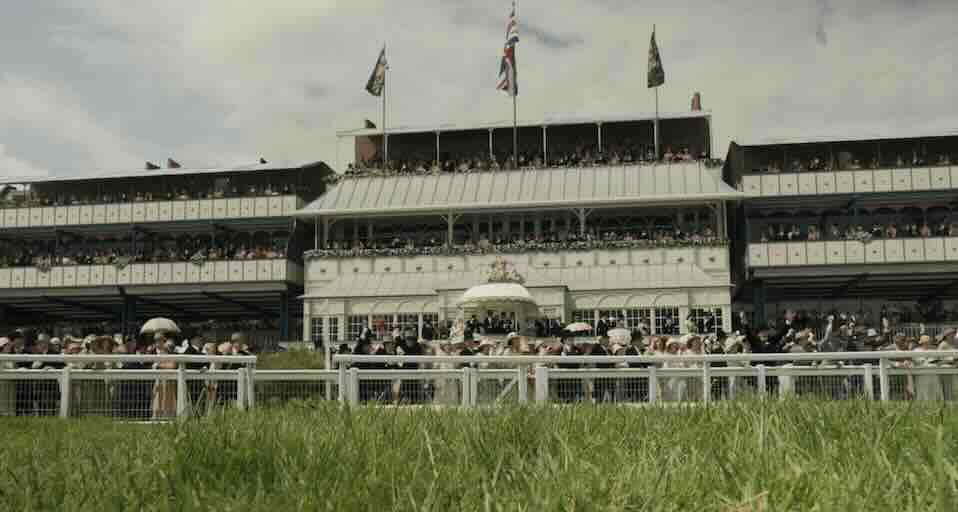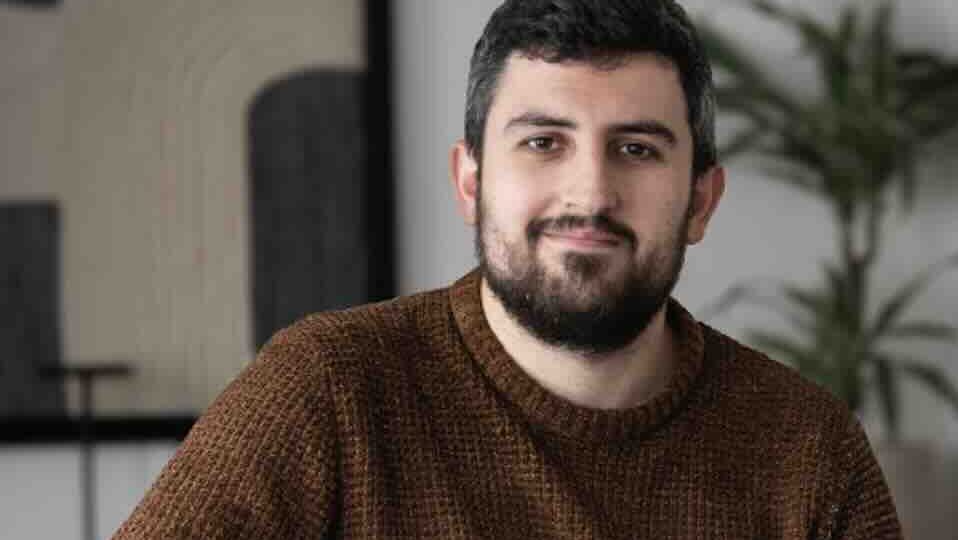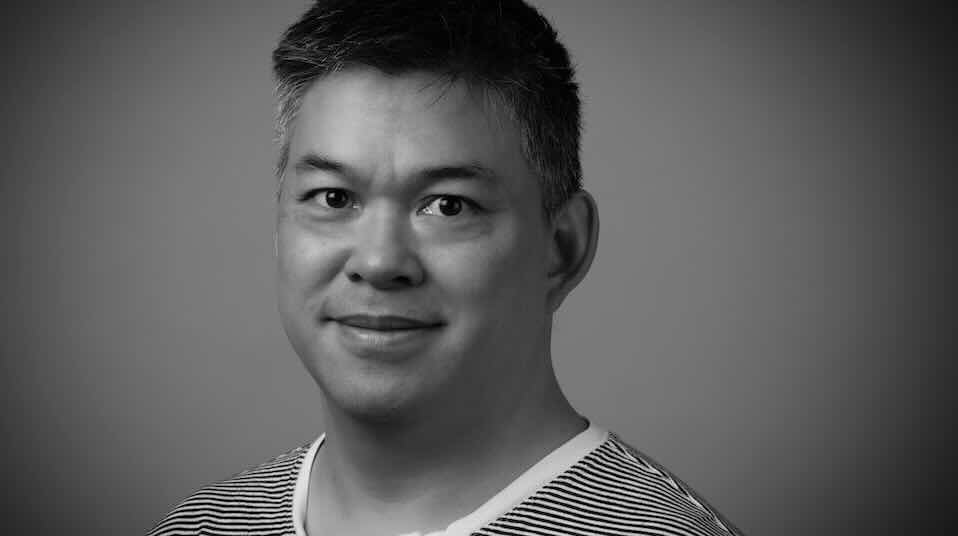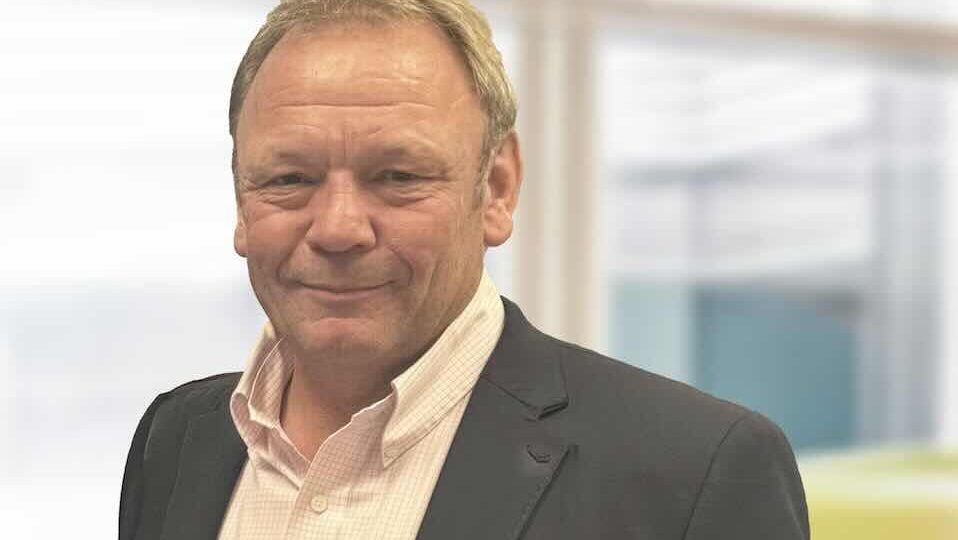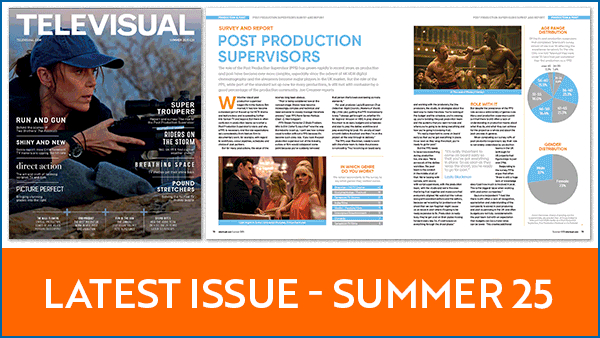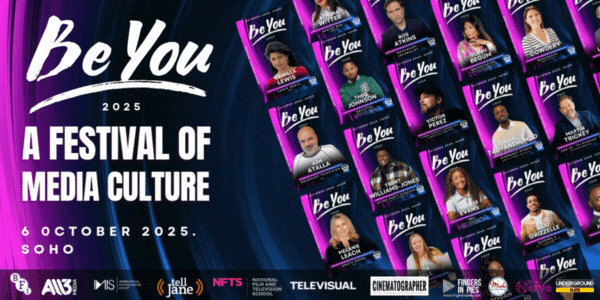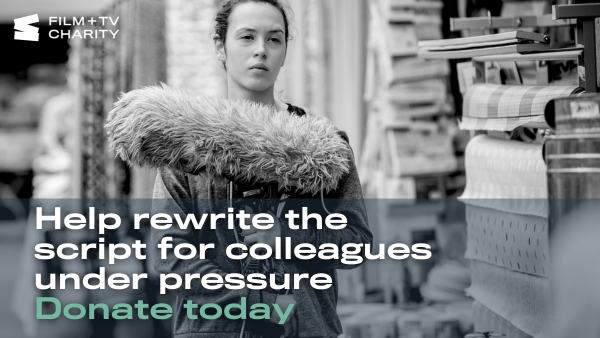Led by VFX Supervisor Henry Badgett, alongside CG Supervisor Dave Cook and 2d Supervisor Graham Day, BlueBolt delivered 138 VFX shots to help recreate the vibrant 1930’s pre-war era of Focus Features’ Downton Abbey: The Grand Finale, Julian Fellowes’ cinematic conclusion to 14 years.
The final Downton film follows Lady Mary (Michelle Dockery) as she makes her way through London’s high society while Lord and Lady Grantham (Hugh Bonneville and Elizabth McGovern) oversee the Yorkshire Country Estate.
Working closely with DOP Ben Smithard and Director Simon Curtis, BlueBolt recreated a buzzing 1930’s Piccadilly Circus for the opening sequence, building a full CG environment and incorporating CG vehicles and crowd with the live action elements, as well as combining the two filming locations of Mortlake Studios car park and Richmond Theatre for a transition as the camera moves into the theatre and right through to the stage.
Henry Badgett, VFX Supervisor explains: “There were all sorts of challenges involved with this sequence. Chiefly combining the two filming locations. Before shooting we had to tech-viz the camera positions to ensure a smooth transition from the blue screen set to the Richmond theatre location. The shot has a wipe designed into it when a man runs for the bus in front of camera, but it doesn’t cover the whole frame, so the remaining street was momentarily fully CG with the foreground crowd elements tracked in.
On the day of filming on the blue screen set we only had a 4 hour window between sunset and wrap, and it was pouring with rain with no improvement forecast. We had to just go ahead and film in the rain. We thought of it as a free wet-down, which we would have done anyway for the reflections of the Piccadilly lights stand-ins.
It then turned out in the edit that the amount of live action vehicles we had still looked relatively quiet for Piccadilly Circus, so adding more CG vehicles in between existing ones was a major unanticipated challenge.
The lighting of the blue screen set was probably the single thing that did the most heavy lifting creatively – it gave us really solid reflections on the wet ground for us to match with Piccadilly adverts, but in a very forgiving way that we could add to as well.”
The Bluebolt team were also challenged with recreating elements of Royal Ascot Raceday, filmed at Rippon Racecourse, including a CG grandstand and surrounding stands as well as 2d and 3d crowd replication, adding to the jubilant atmosphere in which more of the Crawley family story unfolds.
Henry Badgett explains: “For the Ascot crowd we had multiple cameras shooting each setup at the same time. Our VFX crew on set helped coordinate these passes – sticking to the general rule of having the hero pass contain the crowd nearest the camera, and then doing crowd rep until the crowd was small enough to get away with using CG crowd for the masses in the distance. DOP Ben Smithard was very helpful and patient, and gave us some excellent material to work with.
We needed to ensure the crowd felt natural and alive – and adding parasols really helped. And although we had been told that the women at that time wouldn’t raise their arms over their heads when cheering the horses on, we ignored that for the deepest background to get a bit more movement.”
Beyond Piccadilly, BlueBolt also enhanced several 1930s London environments including a matte painting of the view over the Mall towards Buckingham Palace, enhancing a difficult location for the lobby of an apartment block, adding views of South Kensington from the windows and modern clean up in London locations.
Downton Abbey: The Grand Finale is in cinemas now.
Before and After:
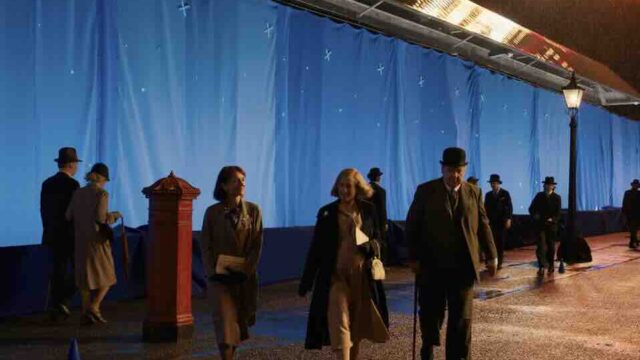
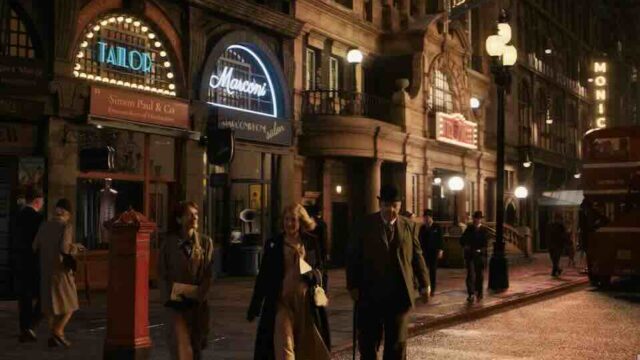
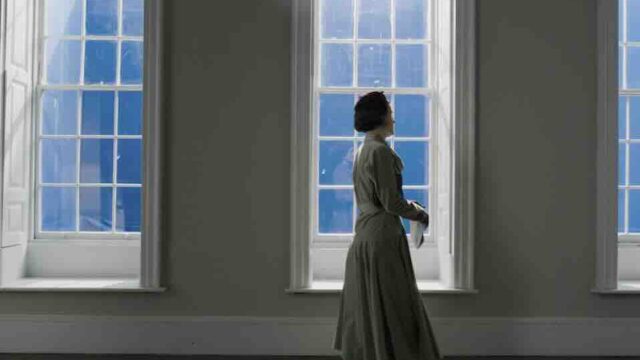
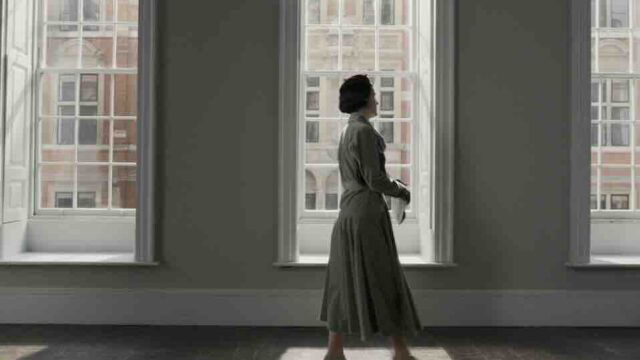
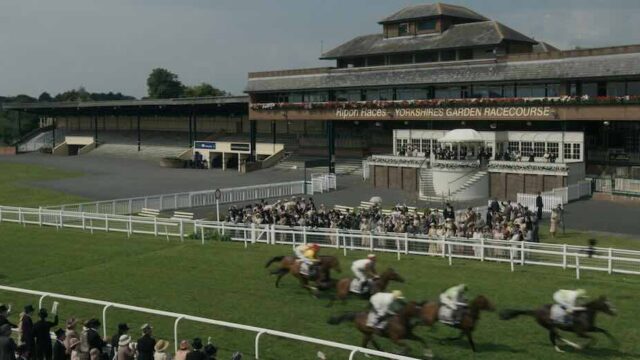
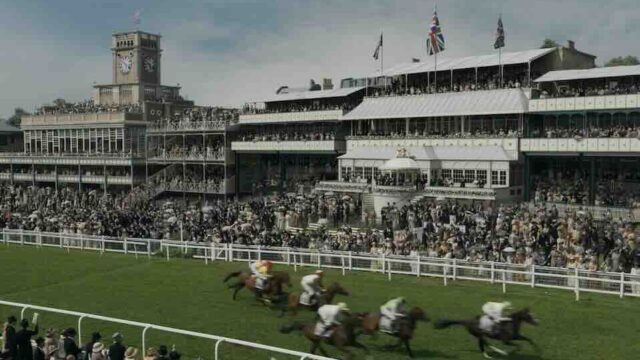
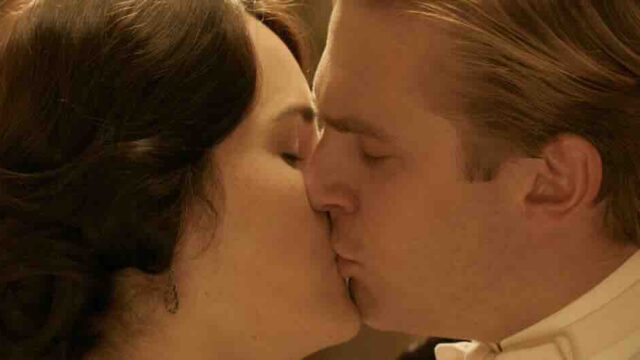
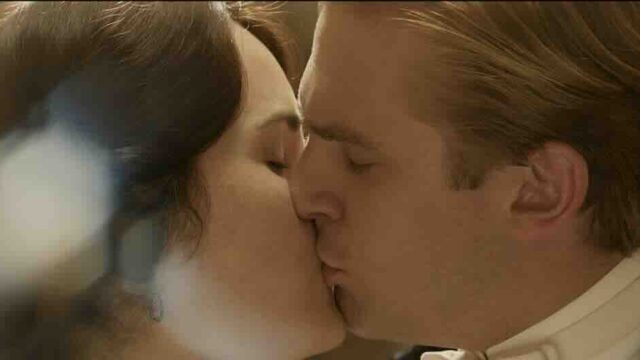
Pippa Considine
Share this story




